In the ever-evolving landscape of fitness, the debate between weightlifting and bodyweight training continues to captivate enthusiasts and novices alike. Each approach offers a unique set of benefits, challenges, and philosophies that appeal to different goals and lifestyles. As the clink of dumbbells mingles with the rhythmic pulse of push-ups, both camps maintain fervent loyalty to their chosen methods. But what if the ultimate workout choice isn’t a matter of one versus the other? In this article, we’ll delve into the foundational principles of weightlifting and bodyweight exercises, exploring their individual advantages, potential drawbacks, and how they can synergize to enhance your overall fitness journey. Whether you’re aiming for strength, endurance, or body composition, join us as we unpack the nuances of these two powerhouse training styles and help you navigate the path to optimal performance.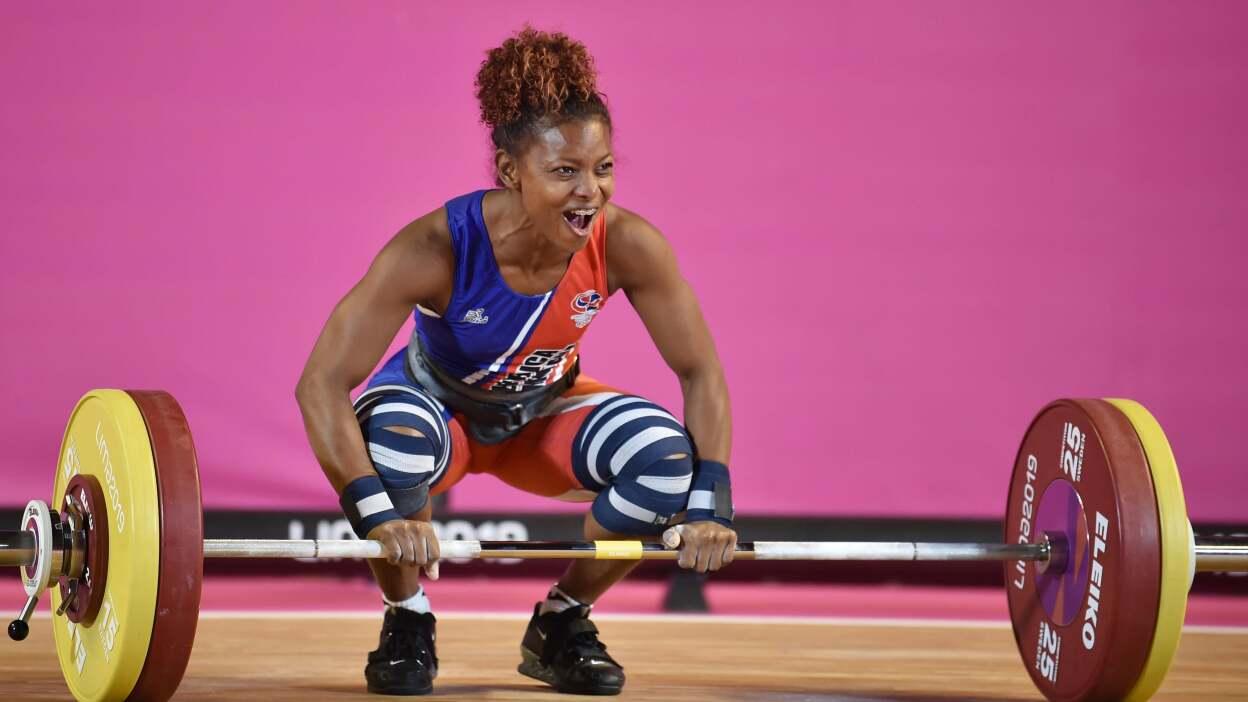
Exploring the Fundamentals of Weightlifting and Bodyweight Training
Understanding the fundamentals of weightlifting and bodyweight training is essential for anyone looking to enhance their fitness journey. Weightlifting typically focuses on using free weights or machines to build strength, allowing for the precise targeting of specific muscle groups.This type of training can lead to important increases in muscle mass and strength due to the ability to progressively overload the muscles with heavier weights. Key advantages of weightlifting include:
- Muscle Hypertrophy: The potential for greater muscle growth.
- Variety of Exercises: A wide range of movements to keep workouts engaging.
- Measurable Progress: Easy tracking of strength gains through weight increments.
On the other hand, bodyweight training utilizes one’s own weight as resistance, offering unique benefits in terms of mobility, flexibility, and functional strength.This style of training tends to emphasize core stability and body control, making it an excellent choice for those who prioritize agility. Moreover, the convenience of bodyweight exercises means they can be performed anywhere, eliminating the necessity for a gym. Some key benefits of bodyweight training include:
- No Equipment Needed: Easily accessible for beginners and experienced athletes alike.
- Full-Body Engagement: Involves numerous muscle groups in each exercise.
- Progressive Modifications: Variations can make exercises easier or more challenging as needed.
| Aspect | Weightlifting | Bodyweight Training |
|---|---|---|
| Equipment | Free weights and machines | None required |
| Strength Focus | Targeted | Functional |
| Accessibility | Gym needed | Anywhere |
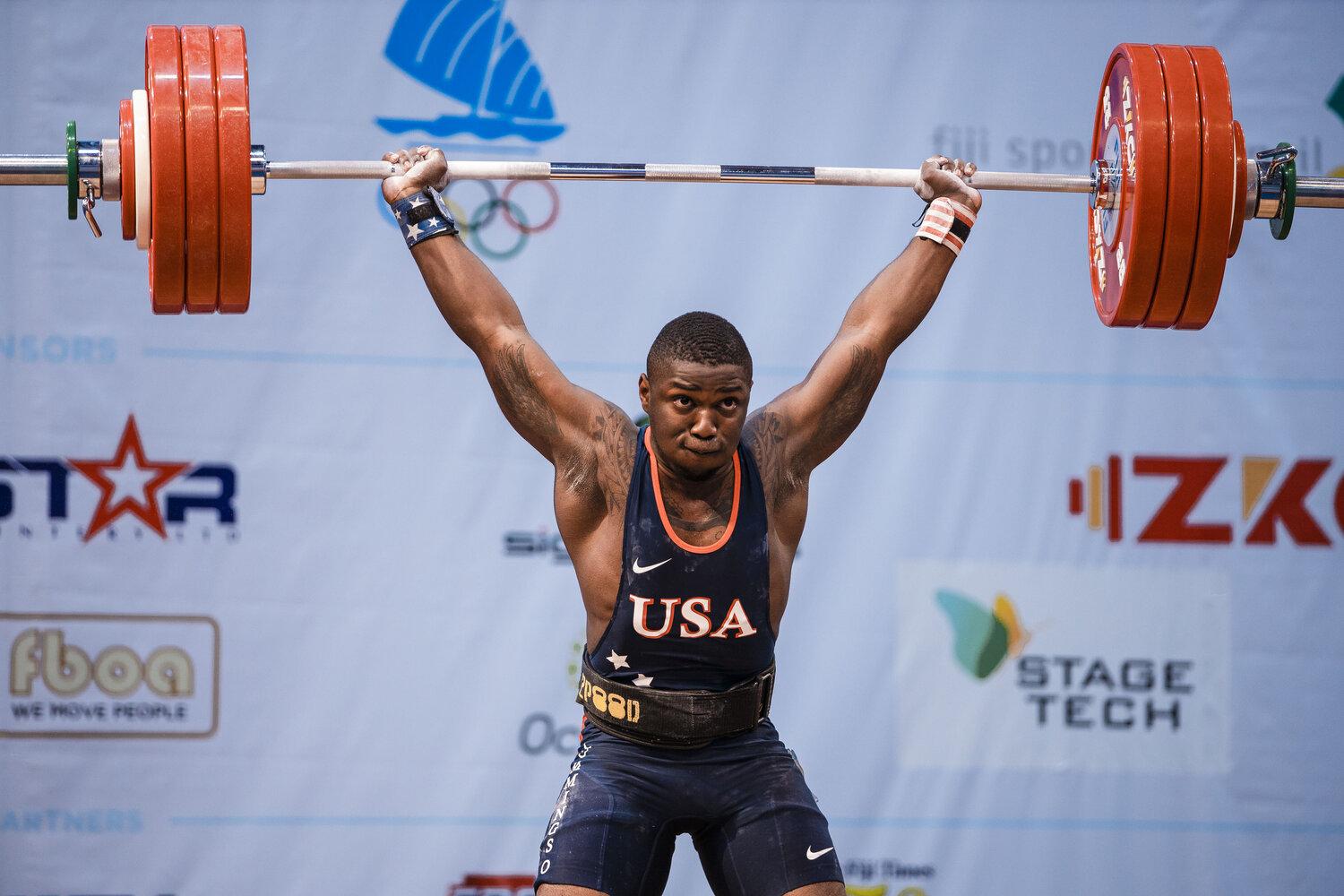
Understanding the unique Benefits of Each Workout Method
Every workout method boasts its own set of advantages that cater to different fitness goals and personal preferences. weightlifting, as a notable example, is highly regarded for its ability to build muscle mass and improve overall strength. By incorporating resistance training, individuals can achieve significant muscle hypertrophy and enhance bone density. Besides physical benefits, lifting weights also provides psychological rewards, such as increased confidence and a sense of accomplishment with each personal record met. Moreover, the structured nature of a weightlifting regimen allows for precise tracking of progress, enabling users to adjust their programs accordingly.
On the flip side, bodyweight training offers unparalleled flexibility and accessibility, making it an excellent option for those who prefer to work out without the constraints of a gym or specialized equipment. This method encourages the use of one’s own body as resistance, promoting functional strength and agility. With exercises like push-ups, squats, and planks, individuals can perform workouts virtually anywhere.Additionally, bodyweight training can be easily modified to fit various fitness levels, assisting beginners in building a strong foundation while concurrently challenging more advanced practitioners through complex variations. The holistic approach encourages mind-body connection, making workouts not only physical but also mentally engaging.
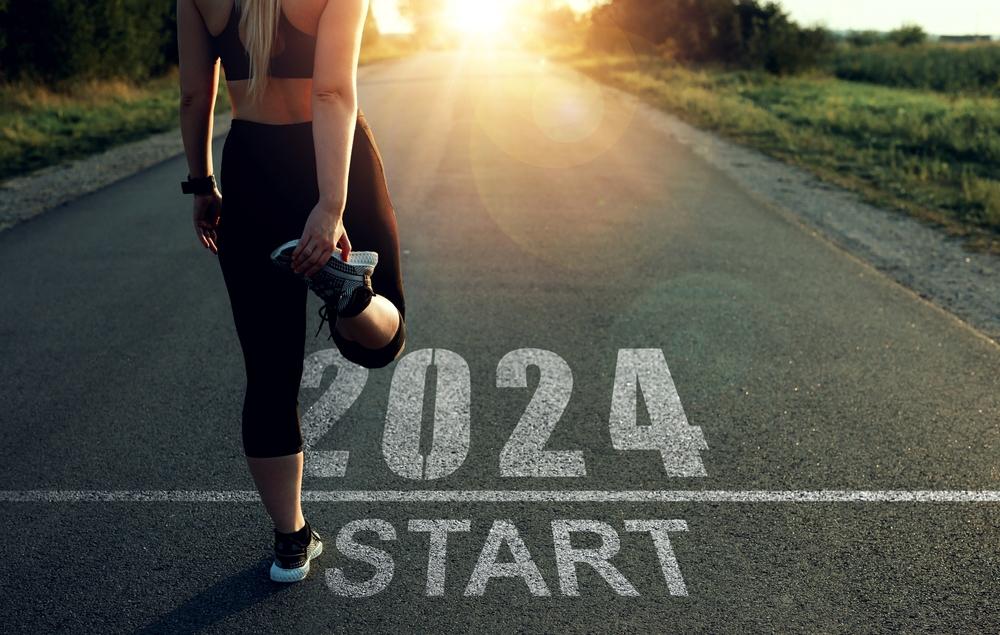
Tailoring Your Fitness Goals: Choosing the Right Approach
When considering your fitness journey, it’s essential to evaluate what aligns best with your personal goals and lifestyle. Weightlifting offers a structured approach that can build muscular strength and mass effectively. It allows for targeted muscle training, which is ideal for those looking to sculpt and enhance their physique. On the other hand, bodyweight exercises provide a versatile and functional way to improve strength, flexibility, and endurance without the need for gym equipment. This approach is especially suitable for individuals who prefer the convenience of working out at home or enjoy outdoor activities.
Your choice between the two methods may also depend on other factors such as time commitment and accessibility. Here are some key considerations to help you decide:
- Equipment Availability: Weightlifting may require access to a gym or home equipment,while bodyweight can be done anywhere.
- Personal Preference: Choose the style that keeps you motivated, whether it’s lifting weights or mastering challenging bodyweight movements.
- Workout Variety: Bodyweight routines offer numerous variations to prevent boredom, whereas weightlifting can introduce progressive overload through heavier weights.

Maximizing Results: integrating Both Weightlifting and Bodyweight Exercises
Finding the perfect balance between weightlifting and bodyweight exercises can unlock a world of fitness potential. By integrating both methods, individuals can enjoy the benefits of strength training while enhancing functional movements. Consider incorporating key exercises from each category into your workout routine to maximize results:
- Squats: Incorporate weighted barbell squats with bodyweight pistol squats.
- Push-ups: Mix customary push-ups with weighted bench presses.
- Deadlifts: pair kettlebell deadlifts with single-leg bodyweight variations.
This hybrid approach not only prevents workout monotony but also allows for targeted muscle development and improved balance. By alternating between high-intensity weightlifting days and bodyweight-focused sessions, individuals can optimize their recovery while still pushing their limits. to illustrate the effectiveness of this combined strategy, the table below highlights the advantages of each method:
| Workout Type | Key Advantages |
|---|---|
| Weightlifting | Builds raw strength, increases muscle mass, allows for precise loading. |
| Bodyweight Exercises | Boosts core strength, enhances mobility, and improves endurance. |
Closing Remarks
As we conclude our exploration into the realms of weightlifting and bodyweight training, it becomes clear that the best workout choice is not a one-size-fits-all solution. Each method has its distinct advantages and can fit seamlessly into your fitness journey, depending on your goals, preferences, and surroundings.Whether you find empowerment in the clink of weights or the grace of your own body moving through space, remember that the ultimate objective is to cultivate strength, resilience, and health.Ultimately, the best workout is one that you enjoy and can sustain over time. As you weigh the scales of resistance versus gravity, let the insights gathered here guide you toward a path that resonates with your unique fitness aspirations. Whichever route you choose, commit to it wholeheartedly, embrace the process, and celebrate the incremental victories that come along the way. whether you lift or you leap,the most critically important aspect of your fitness journey is to keep moving forward. Happy training!


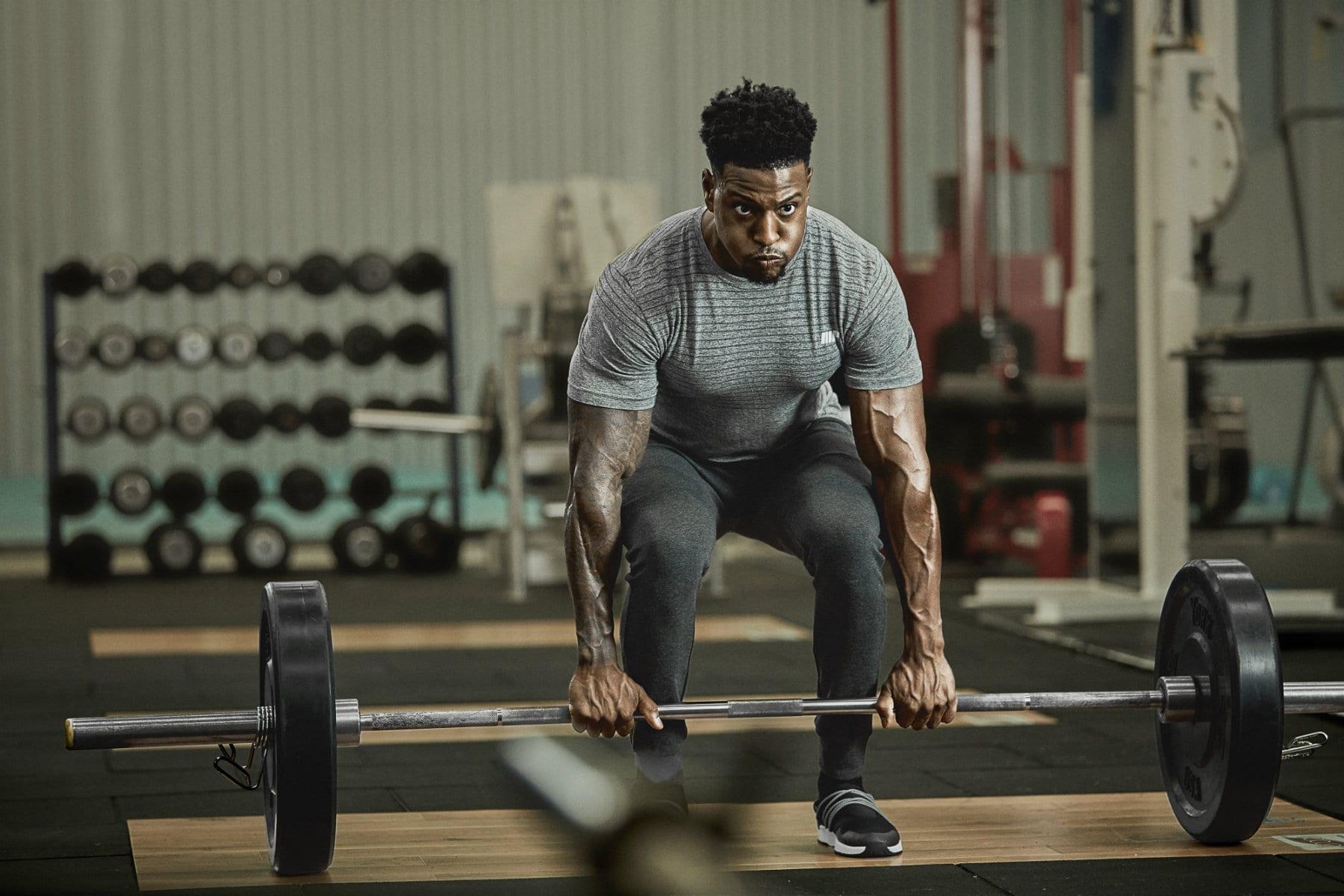

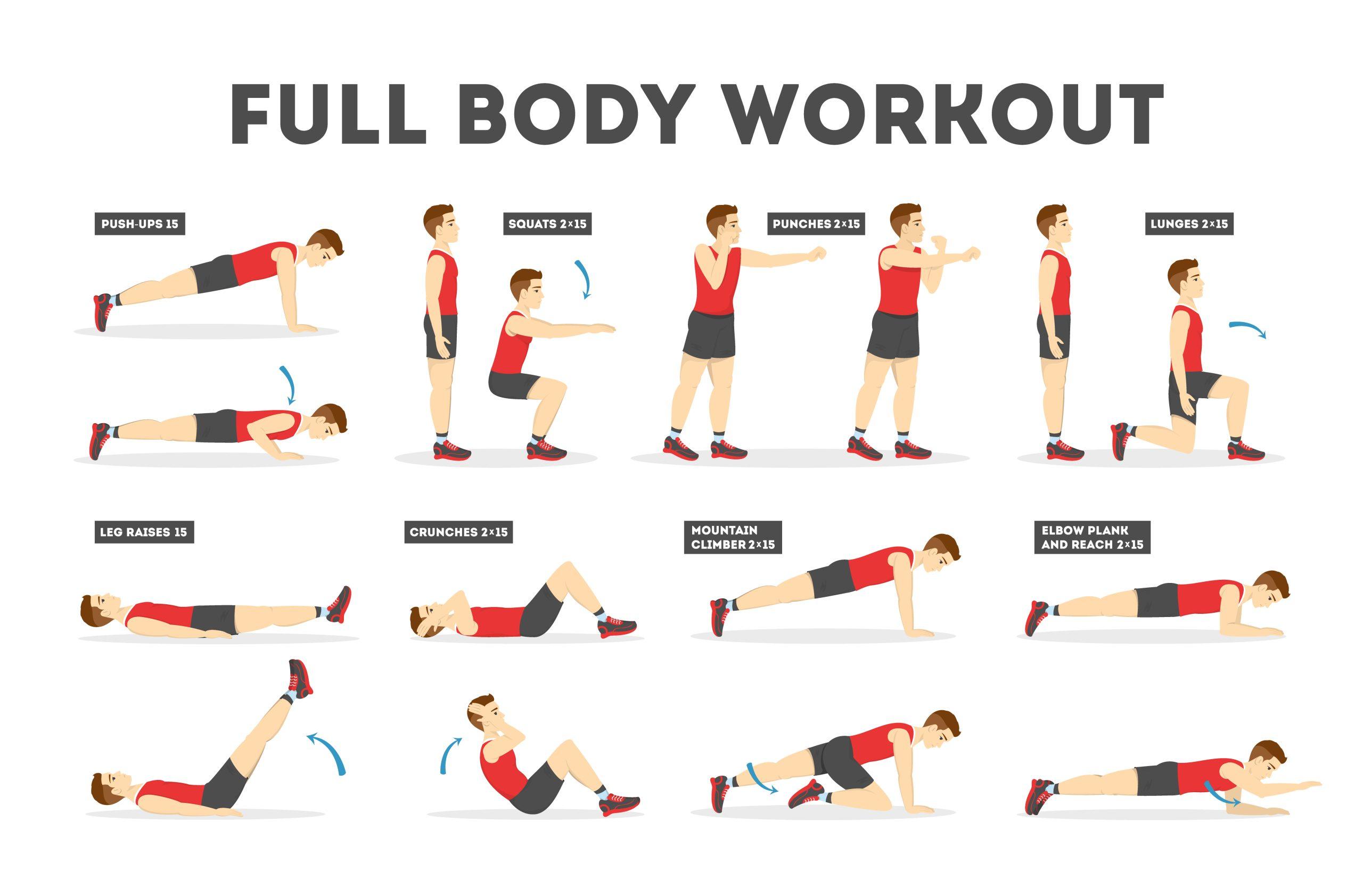


Leave a Reply